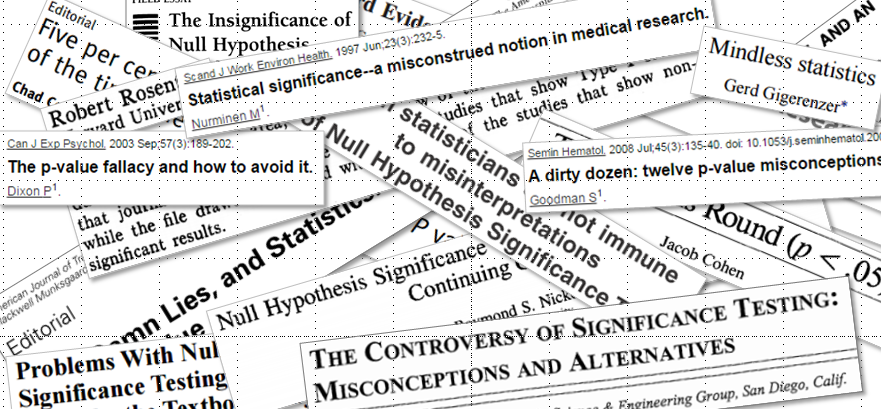Let’s think of a lottery. What
is the probability that you get a prize? Of course you don’t know because you
don’t know how many lottery tickets are marked as prizes. But from the
perspective of the Flying Spaghetti Monster we would know because the
omniscient Flying Spaghetti Monster does know how many lottery tickets are
marked as prices. Let’s say it is 10%. If we now pick a ticket, is it then
correct to say that this one, this particular ticket has a 10% chance to be a
price? It has already decided beforehand if it is a price or not. It either is
a price or it isn’t, we just don’t know.
We could of course restate our
statement from saying the lottery ticket has a 10% chance of being a price to
our chance of getting a price. That being an event in the future, it might seem
less determent. But for everyone who holds a deterministic worldview, the same
problem occurs. (And for everybody else as well, if the future is indeed
determined. They just don’t have to worry about it.) It is already determined
if we get a prize or not.
The way school book statistics – or frequentist statistics - deals with that is that they interpret probability as relative frequency. For example, the relative frequency of a coin landing heads up is about ½ or the relative frequency of rolling a 6 with a regular dice is about 1/6 in the long run.
The opposing – or Bayesian -
way to look at probability would be to express your belief that a coin is landing
heads up or you are rolling a 6.
Obviously we need some prior
experience or experiments to have a belief about the probability a coin is
landing heads up. When asked to estimate how many blue balls are in a bucket of
10 balls we might not know and think that every number of balls from 0 to 10 is
equally likely.
Let’s go back to the lottery
example. When we look at it from a school book statistic viewpoint – of
frequentist viewpoint – we do not know what the probability of getting a prize
is unless we draw a lot of lottery tickets (with replacement) and calculate the
relative frequency of getting a prize. Each one of the lottery tickets itself
either wins or it doesn’t.
This might not be feasible,
though, because our monetary means might be limited. So from the Bayesian point
of view we could include our prior knowledge about winning a lottery into the
estimate. If it says “Every ticket wins”, it should be ~100%, though we can
doubt the value of the prize. If you can win only 3 cars (nothing else) and it
is unknown how many tickets are given out, the probability is probably pretty
low. If you set up the lottery and know that 10% of the tickets are marked as
prizes you know the probability is 10%.
The important distinction is:
From the frequentist viewpoint we can only know the relative frequency of
getting a prize. From the Bayesian viewpoint we only know our degree of belief
in getting a prize. Both probabilities are updated as more knowledge is gained
– for example by experiments – but the updating is done in different ways. But
that is beyond the scope of this post.
The question is: What is
probability? Is the objective frequentist view the right one or the subjective
Bayesian one? Or are both correct at the same time or in different situations?
Let’s look at another example:
A doctor tells a patient he has a 50% chance of surviving the next 12 month. But
in the end, the only thing we know for sure is that he’ll either die within one
year of not. He can’t survive 50%. Of course we can say that 50% of people with
the disease die within one year, but that is a statement about the population
of people with the disease and not the individual. The individual or does or
does not die. (Within one year.)
Relative frequencies can only
be obtained for the population of patients and not for the individual case.
Repeated measurements are not possible unless the individual dead patient is
able to arise of the dead.
So another possibility to say,
that the patient has a 50% chance of surviving would be to say that the degree
of belief (of the doctor) that the patient survives one year in 50%.


No comments:
Post a Comment